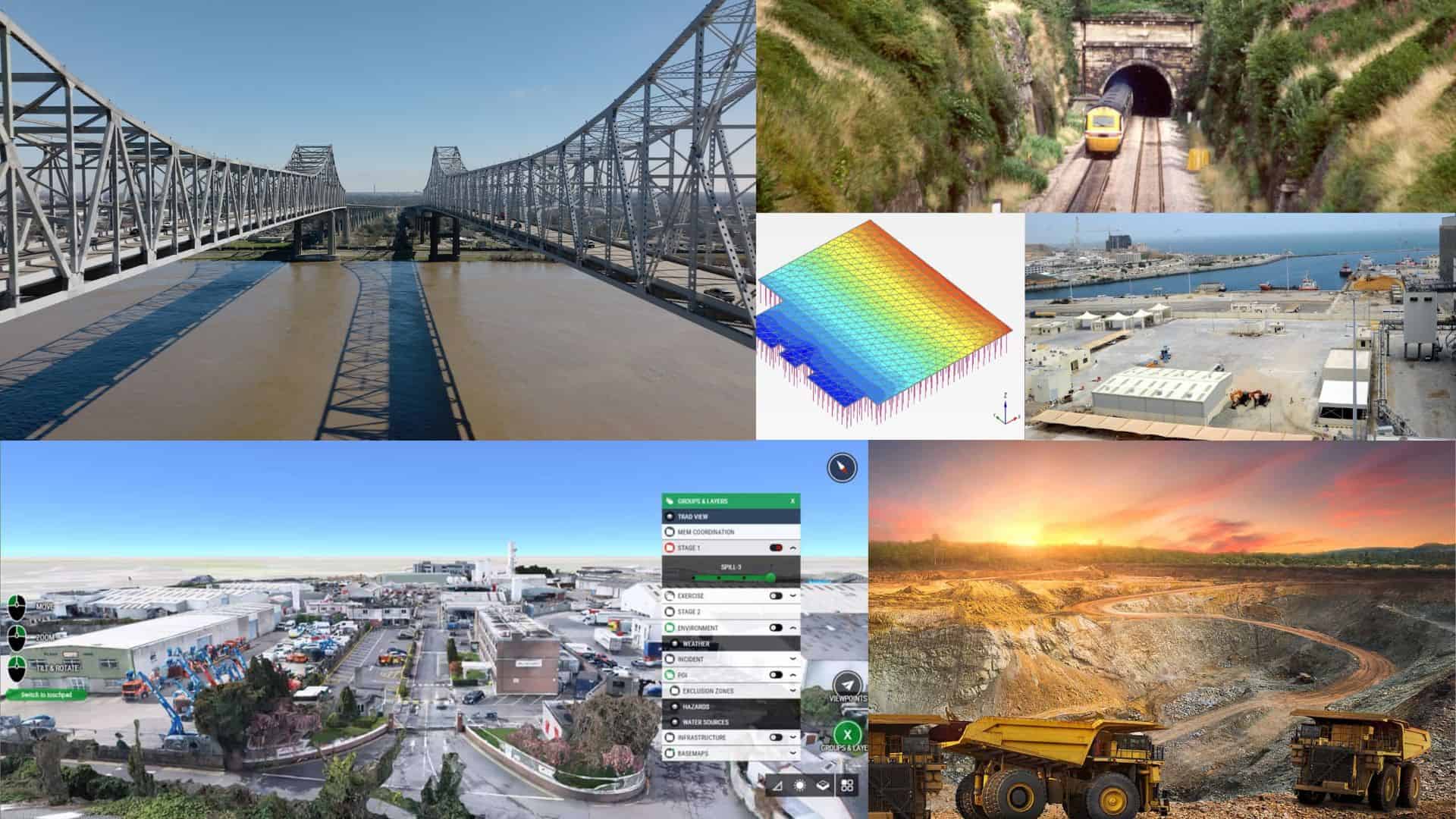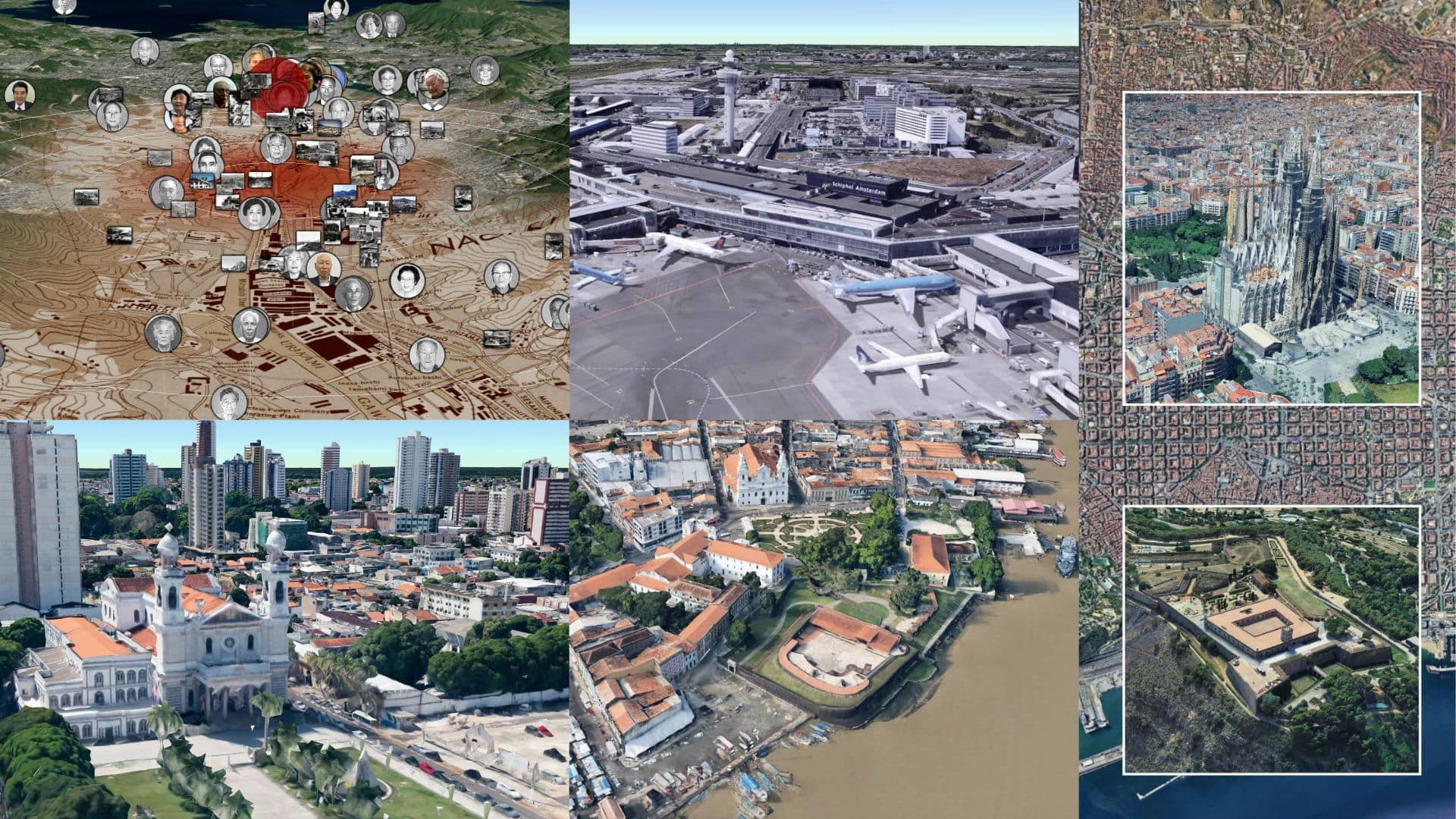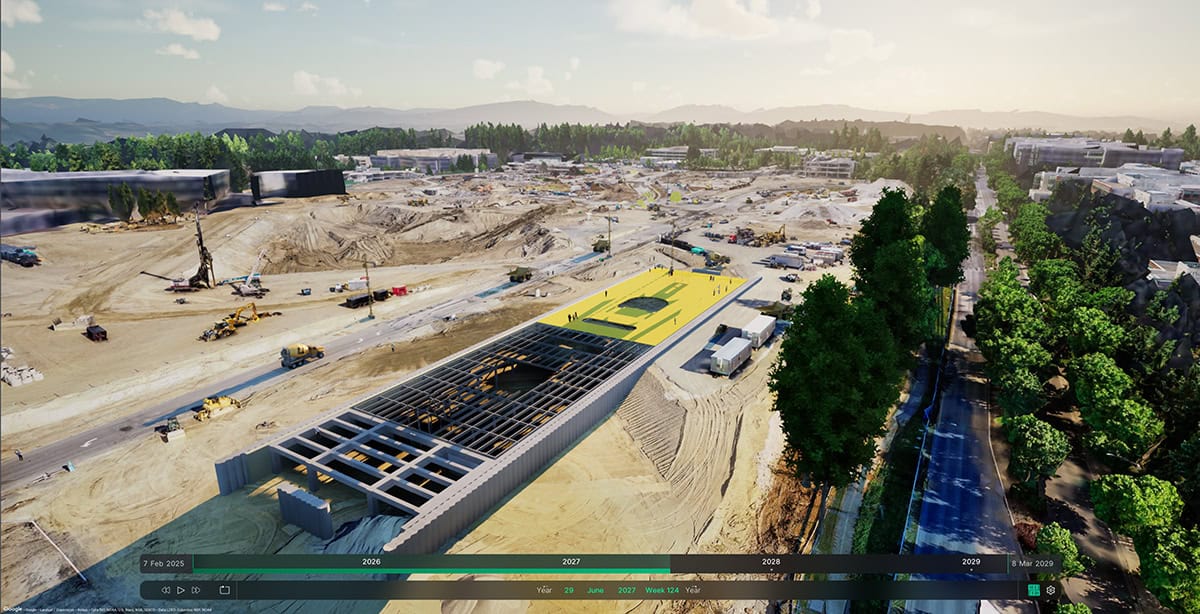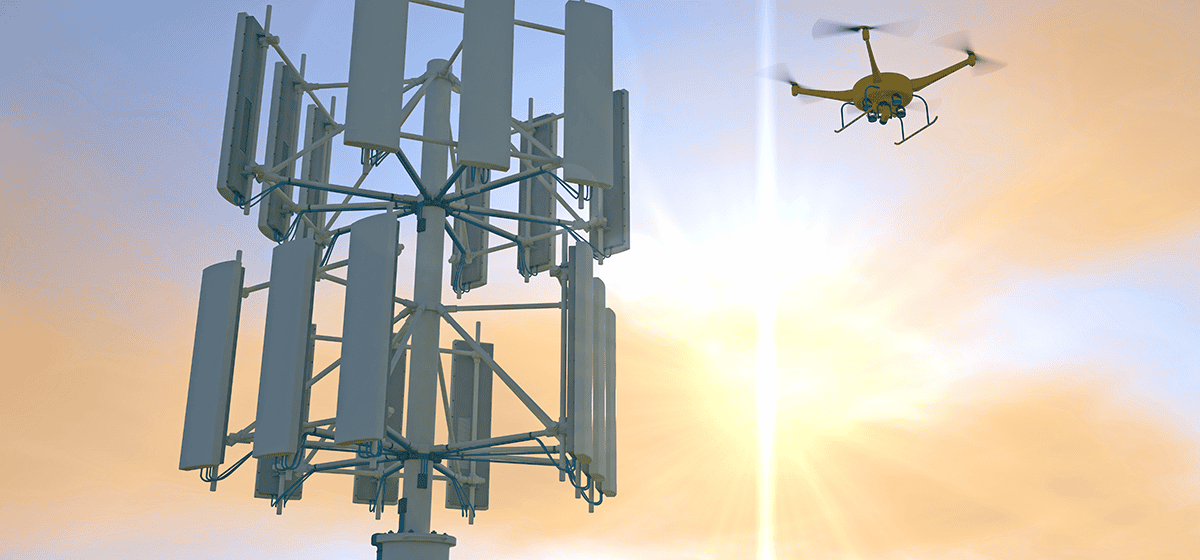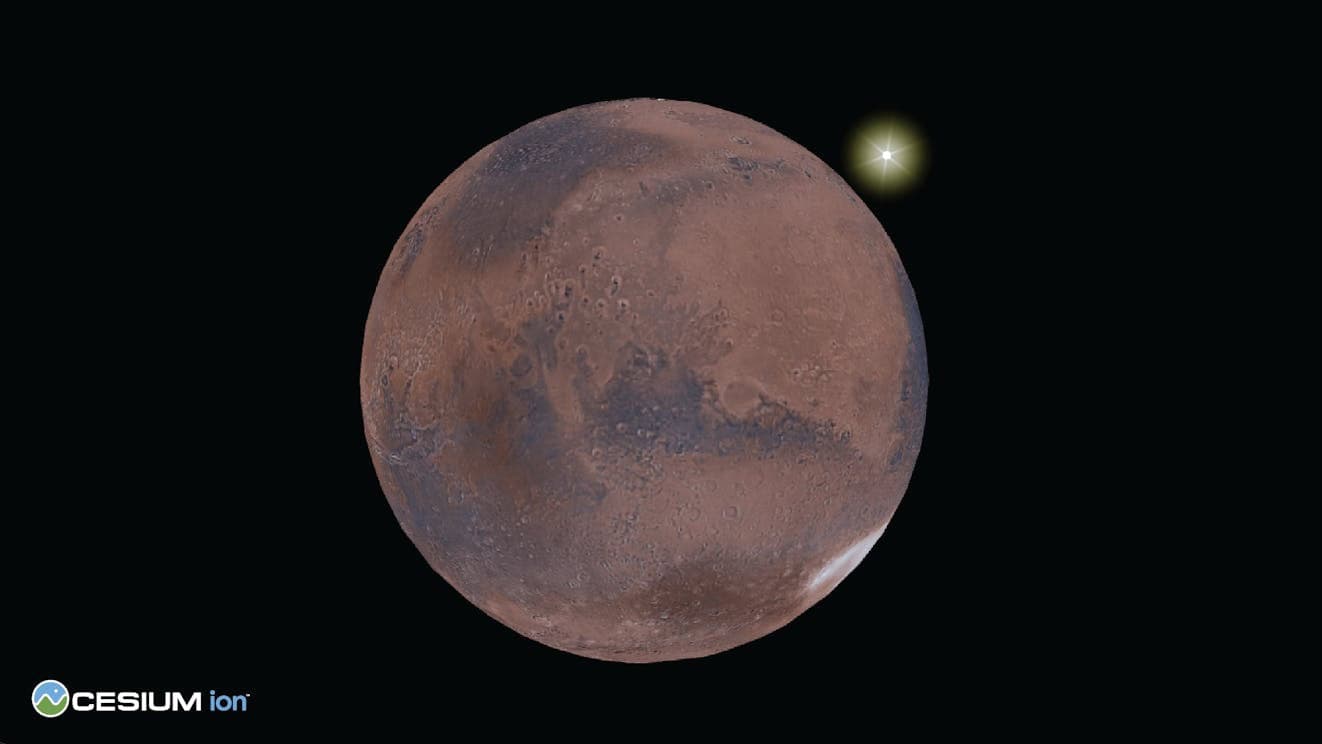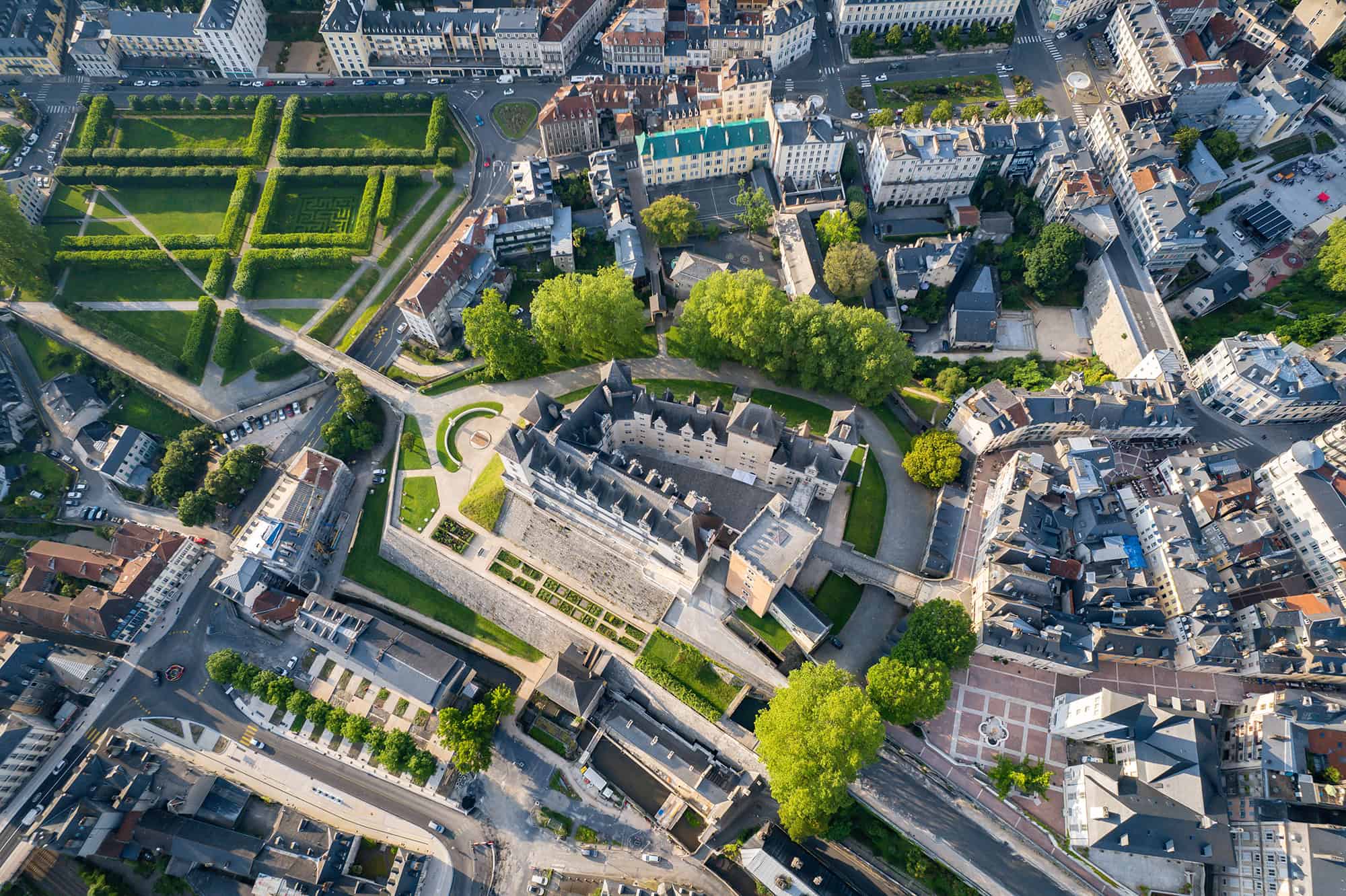In the heart of California’s eastern foothills, where the Sierra Nevada Mountains meet the Tahoe National Forest, the impressive New Bullards Bar Dam stands tall. Soaring to a height of 645 feet, it not only dominates the landscape but also proudly claims the title of California’s second-tallest dam and the fifth tallest in the United States.
Nestled in a quiet Central Valley county with a population of just over 80,000, the dam is at the forefront of a digital revolution, transforming dam safety in ways that seem nearly unimaginable against its picturesque backdrop.
In the recent New York Times piece ‘The Trillion Gallon Question,’ Christopher Cox paints a vivid picture of the structure as “A flimsy curtain holding back an unimaginably large amount of water.” He goes on to describe the concrete giant to be “like a magic trick,” with an ocean on one side and nothing but thin air on the other. Although the staggering physical scale of the New Bullards Bar Dam can feel almost surreal, it was made not by magic but by feats of engineering and design.
Built in the analog era of the 1970s, this engineering marvel was constructed as part of the Yuba Water Development project, which aimed to reduce flood risk, generate clean hydropower, and ensure a reliable water supply for the surrounding community.
However, as the years passed, New Bullards Bar Dam — like any aging infrastructure — demanded attention and innovation.
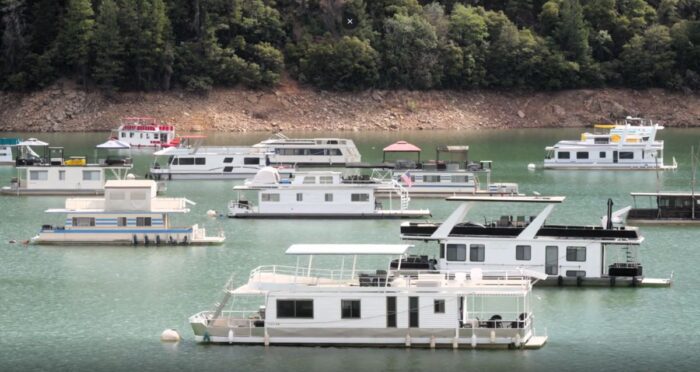 The Bullards Bar Dam’s reservoir boasts miles of shoreline, hiking trails, campsites, and renowned fishing spots. Courtesy of Yuba Water Agency.
The Bullards Bar Dam’s reservoir boasts miles of shoreline, hiking trails, campsites, and renowned fishing spots. Courtesy of Yuba Water Agency.Dedicated to ensuring public safety and protecting the surrounding environment, Yuba Water Agency embarked on a journey to modernize its dam monitoring system with cutting-edge technology. Picture this: a complex network of IoT sensors that provide real-time insights into the dynamic movements of the dam as it interacts with the ever-changing natural elements.
Much like our homes that have become hubs of “smart” technologies — like voice-activated assistants and digitally enabled appliances — New Bullards Bar Dam is now digitally connected, streaming unprecedented amounts of data to engineers tasked with ensuring its safety.
The digital sentinel — now equipped with cutting-edge technology — safeguards the surrounding area, ensuring that locals and visitors can relish carefree days on the reservoir’s warm, turquoise waters. Downstream communities, once vulnerable to catastrophic flooding that led to the dam’s construction over 50 years ago, are now shielded by the marvels of digital monitoring.
‘A Pretty Bold Move’
From its inception, the New Bullards Bar Dam has been an ambitious project, punching well above its weight class. In 1959, the Yuba Water Agency was formed, spearheading a multipurpose flood control, water and power project. Unlike federal initiatives on nearby rivers, the Yuba Development Project was born from local and grassroots efforts initiated by a group of big-thinking community leaders.
“This was a pretty bold move from one of the smallest and poorest counties in California,” says Willie Whittlesey, Yuba Water Agency’s General Manager, in a video about the project’s history.
Driven by necessity, the people of Yuba County saw water as both a blessing and a curse. Irrigation for downstream farms, extensive recreation opportunities, green hydroelectric energy, and clean drinking water were the blessings. The curse? Flooding.
The region, marred by ten major floods since California’s statehood in 1850, faced challenges exacerbated by the remnants of the American Gold Rush. Yuba County is the gateway to the historic “Mother Lode Country,” as the Yuba River produced more gold than any other in the U.S. The hydraulic mining practices of that era washed millions of cubic yards of debris into the Yuba River, significantly raising the riverbed.
After the Gold Rush, the region transitioned from mining to agriculture, further compounding the issue. Irrigation for farms raising livestock and growing crops overdrafted the aquifer, causing dramatic declines in groundwater levels.
Some of the worst floods are in living memory, including the Yuba City Flood of 1955. Triggered by a combination of heavy rainfall and a failure in the levee system along the Feather River, the flood waters surged into the small town of Yuba City, sitting at the confluence of the Yuba and Feather Rivers. Yuba City quickly found itself submerged in water, as residents scattered to find dry land. Ultimately, 40,000 people evacuated the surrounding area, while more than 600 required rescue via boat or helicopter, and 38 lost their lives to the floodwaters.
In response, Yuba Water Agency got to work. Construction began in the 1960s, and by 1970, the Yuba Water Development Project was completed, with the New Bullards Bar Dam at its epicenter.
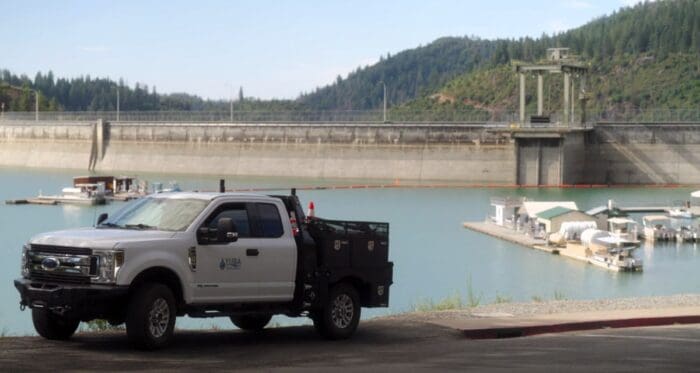 The Yuba Water Agency constructed the New Bullards Bar Dam during the 1960s to stem catastrophic flooding that marred the region and also to provide energy and a reliable source of water to the surrounding community. Courtesy of Yuba Water Agency.
The Yuba Water Agency constructed the New Bullards Bar Dam during the 1960s to stem catastrophic flooding that marred the region and also to provide energy and a reliable source of water to the surrounding community. Courtesy of Yuba Water Agency.Beyond flood control, the dam provides many benefits to its local community. Now serving as a popular recreational haven, the dam’s reservoir boasts miles of shoreline, hiking trails, campsites, and renowned fishing spots — it even holds the record for the world’s largest spotted bass. The downstream benefits are also significant: influencing river temperatures to enhance fisheries, generating clean hydropower, and ensuring a reliable water supply for Yuba County. The dam is more than just a concrete giant; it’s a lifeline for the community it serves.
Revolutionizing Dam Monitoring with IoT
While dams often have life expectancies spanning 100 years or more, a lot can change in that time. Technology advances, new standards and regulations are introduced, surrounding communities grow, social norms evolve, and even the climate shifts, as we know all too well today.
Even the dam itself is in flux. Although it may appear solid and immovable, a concrete dam is always in subtle, often microscopic motion, shifting in response to chemical and physical forces, including changes in water level, air and water temperatures, and hydrological and seismic activity.
Until recently, the dam relied on an outdated system that required time-consuming, costly, and hazardous manual data collection from 11 sensors that covered only a portion of the dam. This system not only posed safety risks for workers accessing the site, but also lacked sufficient survey points, making effective condition monitoring a challenge.
Committed to dam safety and top-notch infrastructure operations, Yuba Water Agency set off to revolutionize their monitoring system with a modern solution designed to remotely capture and visualize real-time data while automating alerts and reports of potential issues. They implemented a new monitoring system that is remotely operated and collects data from 83 Worldsensing sensors installed across the face of the dam. The sensor data is transmitted back to Bentley’s cloud-based iTwin IoT platform and is incorporated into a 3D digital twin model of the dam.
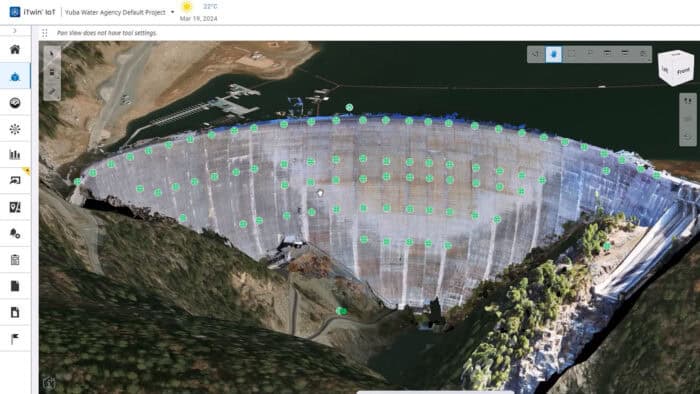 The Yuba Water Agency implemented a new monitoring system that is remotely operated and collects data from 83 sensors installed across the face of the dam. That data is transmitted back to the cloud-based iTwin IoT platform. Courtesy of Yuba Water Agency.
The Yuba Water Agency implemented a new monitoring system that is remotely operated and collects data from 83 sensors installed across the face of the dam. That data is transmitted back to the cloud-based iTwin IoT platform. Courtesy of Yuba Water Agency.To create the digital twin model, Yuba worked with iTwin Ventures portfolio company, Niricson, to capture a 3D reality mesh from thousands of drone-captured images and process it in iTwin Capture. The photorealistic model was then uploaded to the iTwin IoT platform where the real-time sensor data enhances the digital twin and reflects what is going on in real time.
Tim Truong, chief dam safety engineer at Yuba Water Agency, envisioned making the days of surveyors risking treacherous trails to collect data manually a thing of the past. He emphasized the remote operation and instant data transmission of the new system, highlighting its value in tracking the dam’s stability in real time, even in its somewhat isolated location.
Compared to its previous manual monitoring system, the new system provides 1,000 times more data monitoring points a week, providing far greater insights into what’s happening with the dam at a given moment. Along with day-to-day monitoring, it will provide a picture of the dam over time, as well as real-time readings during inclement weather or emergencies, such as an earthquake.
Securing the Community’s Future
The returns of the new automated system have been substantial, with a significant reduction in risk exposure and an improvement of safety standards. The system has led to a notable decrease in downtime and failures, enhancing operational efficiency. The drastic increase in data points not only provides a more comprehensive understanding of the dam’s behavior but also empowers proactive decision-making. The automated survey system delivers a significant improvement in data accuracy compared to previous collection techniques. This transformation has not only saved valuable hours weekly but has also streamlined workflows and increased overall productivity, eliminating the need for risky on-site visits.
Beyond these efficiency gains, the new system emerges as a guardian, allowing the team to closely monitor the dam structure and move steadily toward the agency’s ultimate goal — ensuring public safety and safeguarding the surrounding environment. Thanks to the automated system, the dam undergoes vigilant monitoring during heavy rainfall and seismic events, reinforcing Yuba Water Agency’s commitment to technological advancement and infrastructure resilience.
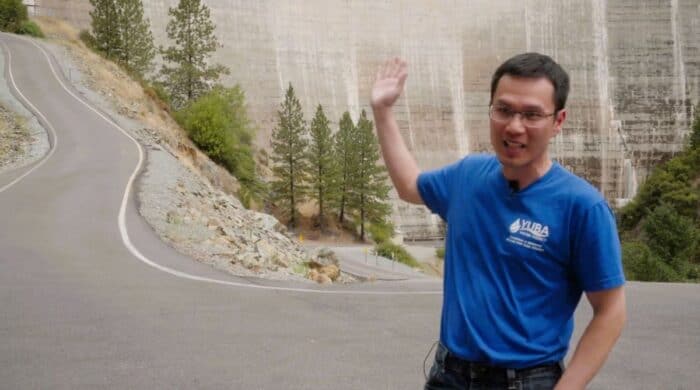 Tim Truong, Yuba Water Agency Chief Dam Safety Engineer, emphasizes the role that dam safely plays in benefiting communities downstream. Courtesy of Yuba Water Agency.
Tim Truong, Yuba Water Agency Chief Dam Safety Engineer, emphasizes the role that dam safely plays in benefiting communities downstream. Courtesy of Yuba Water Agency.While Yuba collaborates with a range of partners on forward-looking initiatives, “dam safety is the number one priority,” says Truong. “Things that we can do to improve dam safety directly benefit the community downstream. We’re always looking to improve our monitoring and the performance of the dam in that regard.”
As Truong gazes up at the vast sweep of the dam from below, a sense of awe overcomes him. “It’s hard to grasp how they achieved this massive project 50 years ago,” he muses. The sentiment echoes not just the achievement of the past but the ongoing commitment to innovation and safety. The New Bullards Bar Dam is not merely a structure, it’s a living testament to the evolving relationship between technology and nature, securing the community’s future for generations to come.
View the New Bullards Bar Dam Case Study.

